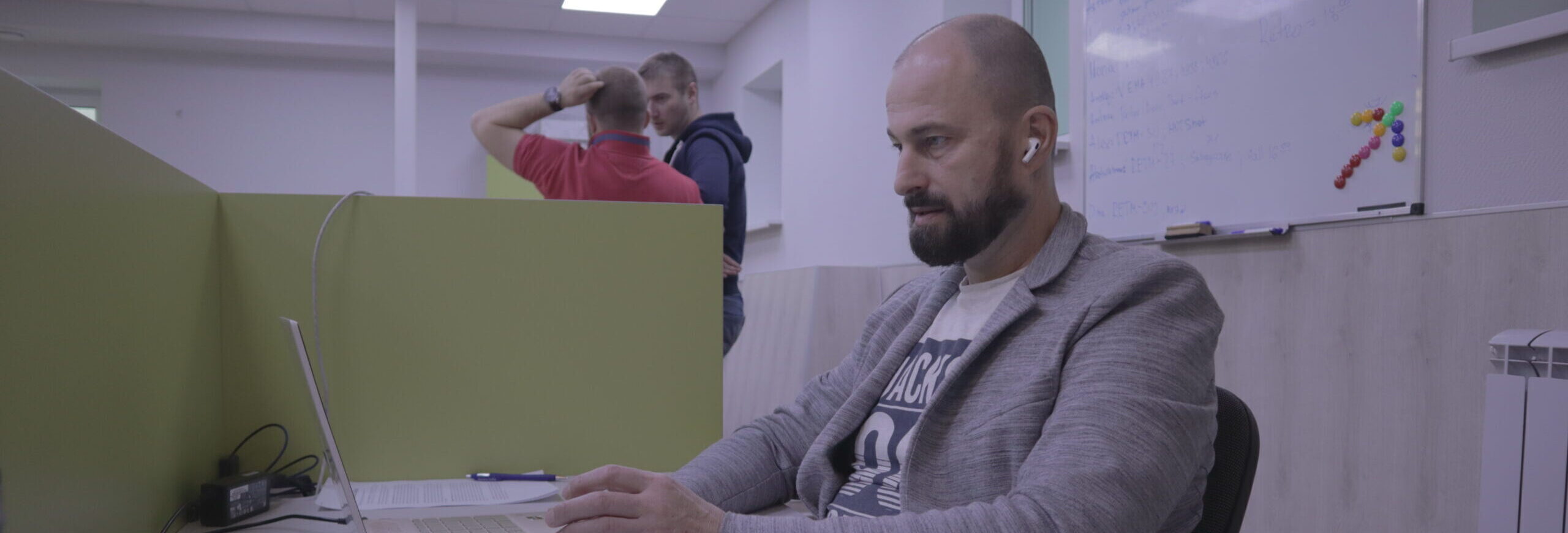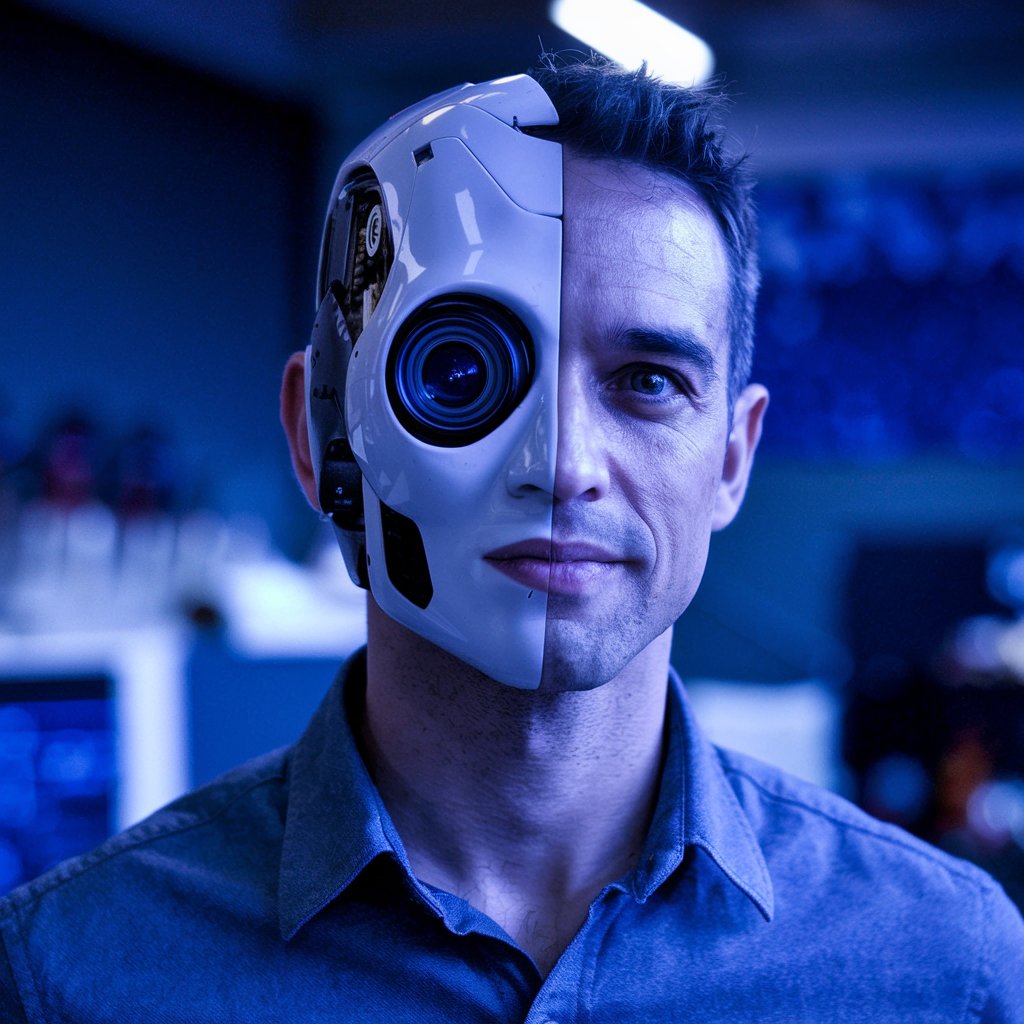Our history

Project Description:
AStime is a revolutionary time-tracking/logging software. The tool helps to track the time of your employees and connect Jira/Internal projects with particular clients to check the number of hours that are spent on a project. Employees can create their own projects as well, admin can create a manager’s project, assign tasks to each employee and see the common time that comes to the dashboard, and to assigned clients.
The platform contains 3 user roles like: admin, employee, and client. Each role has its own functionality and these roles are totally connected with each other. This tool provides us with the ability to work with comfort in any industry being a manager, an employee, or a client.
The challenge:
We work as an outsource/outstaff and already as a product company 🙂 We do software development services, and very often our clients asked for some help with services we didn’t have like: translations for clients’ projects, content management, creating graphic work, or speeding up development by expanding a team, and sometimes starting new projects or activities… we needed software to manage our work time for our clients and people we hired from outside.
We took responsibility for their work and the pain point was that we needed to hire them and send invoices including their time. It was from time to time and required a lot of responsibility, attention, and time to count everything and make everything transparent between our clients our team, and hired people.
The situation was very uncomfortable and there was no tool on the market that would contain the required features. We spent a lot of time on these “bookkeeping activities”. Everything we checked was not what we had looked for.
It happened again and again, and once our founder&ceo Andriy Petrenko just said “Guys, let’s develop our own time-tracking platform and integrate it with Jira”. It was similar to Ferdinand’s Porsche thought – “I couldn’t find the sports car of my dreams, so I built it myself.”
Thus we started our small history.
What we did:
We gathered requirements from each employee in our team to create and analyze future functionality. Having done a discussion about features and priorities we defined the first goals and tasks to be done. Our approach to making something is “Draw it to continue”. In this case, we also followed it 100%. To visualize the functionality we made a clickable prototype in Figma.
It contained all functionality for 3 roles: admin, employee, and client. Each role was clickable including pop-ups, hints while hovering, buttons changing, user menus, etc. The functionality of each role was connected with each other, it was easy to check them all and make a review because of Figma’s functionality.
Having visualized everything gathered we tested the functionality and after that, there were made some fixes, several functions were expanded, changed places, and something was left as previously. After that, we realized that it required a review by a person from outside. There was arranged call with one of our clients, and we presented what we had done.
There was a call with a client from EBRD bank, and he said that the project should be interesting for big bank structures. But we work with task managers like JIRA, ASANA, etc. And we added functionality for an administrator to create a project inside the tool and to assign an employee as well. It allows being totally independent of other tools. This functionality allows leading your management activities in the AStime-tracker.
The architecture was done by our team lead and we also allocated an architect with 15 years of experience to check everything and add what was absent.
We were creating documentation based on the Figma mockups, it was used for developers, QA’s, and each person who was related to the project. And once it all was done we started to code. Each pixel of the project was documented and it was very comfortable to get a necessary piece of information in several seconds.
We used Kanban model first but after that, we considered it not so comfortable for the project and move to Scrum. After that, there were many hours of coding, discussions, many edge use cases made, and we did the first version of the platform. We have 5 years of experience in web development area as a company and realize how important QA stage is. We tested each sprint functionality and did regress testing after each performed sprint. Also, we created e2e tests on Python which are testing the platform 24/7 and use unit tests to check the code.
Before the official release we conducted user acceptance testing, documented everything we had found, and polished all small things. The most important thing we integrated our platform with JIRA.
In a nutshell about the functionality.
Admin role:
– adding clients and employees with ability for them to have own accounts;
– ability to track time for admins;
– ability to create “Managers’ Project” and assign employees like in a task management platform;
– ability to bind an employee’s or a managers’ project to Jira project;
– dashboards, project statistics, etc
Employee role:
– ability to create own projects, tasks inside and track the time;
– ability to bind own projects to a Jira project;
– ability to see 4 tasks in a task bar and quickly switch between them
Client role:
– ability to see transparent reports with quick filtering the time
The interface works for languages: English, Ukrainian (because we are Ukrainian),
To be honest the platform has a lot of functions that help to work with comfort, track your time and be happy with what you do.
The result:
Eventually, we’ve made a time tracking/logging platform with a task management functionality. The platform covers many different needs that people may know and sometimes have no idea that it may be handled in several clicks by AStime. We’ve coded a lot of functions that help you to be productive, transparent and save you from usual people’s mistakes. We are humans, not machines.
Each team member has made a user acceptance testing to polish the platform besides testing by our QA engineers. Also, our partners that work in the industry have tested it with a fresh eye and gave us feedback that we have realized in the platform. So, you receive a well-oiled platform that works for you.
And it’s the software that helps us to be focused on what we do because other things AStime performs automatically. The software saves your work time that you can invest in many different activities you need. Especially if you want to get 12 hours of work done in an 8 hours work day 🙂
So, to be beyond of productivity limits just register an account and check by yourself whether it’s worth it.
Technologies: under NDA






